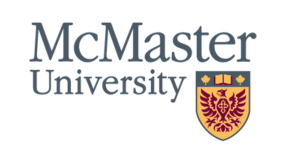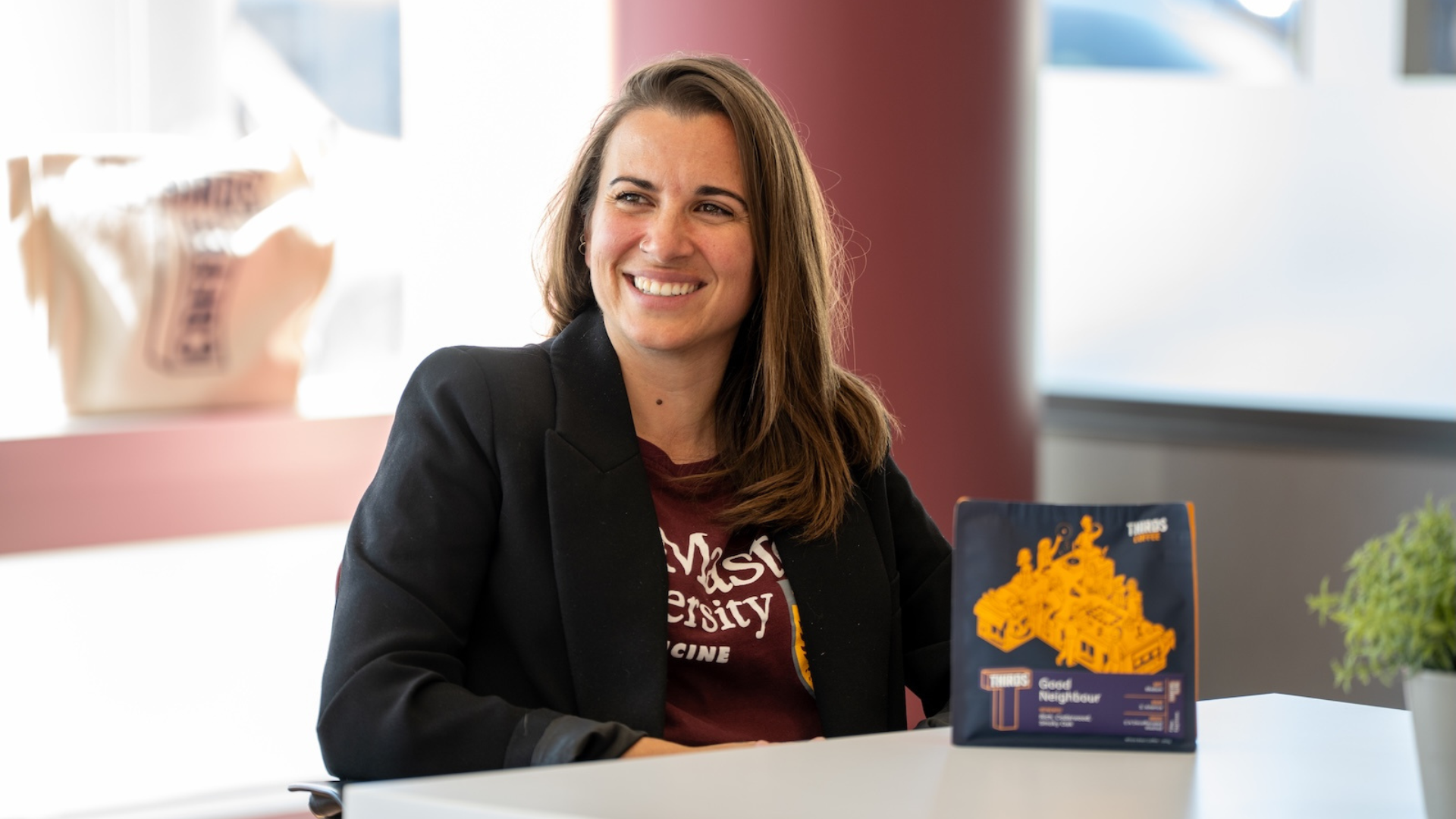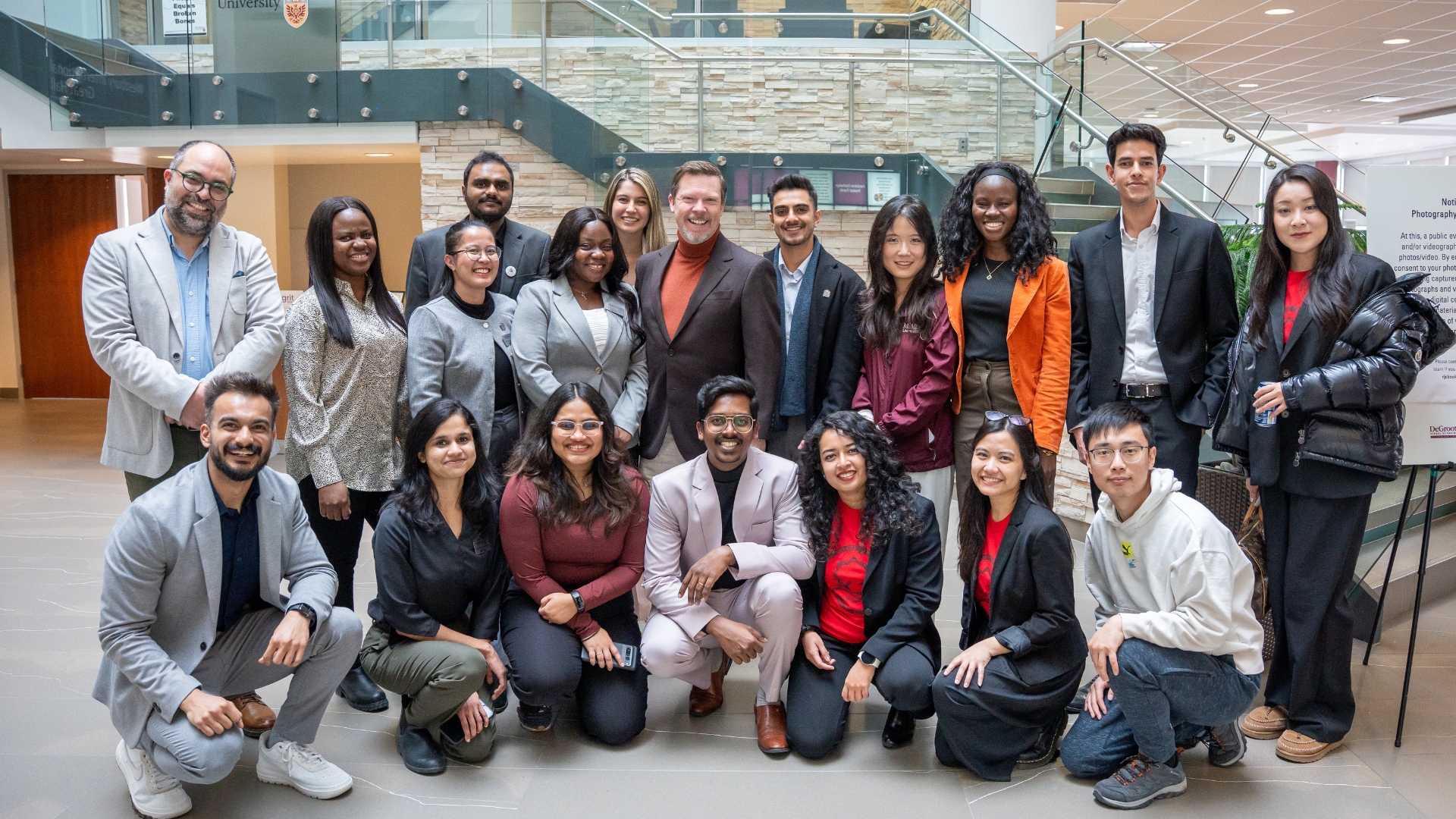STRATEGIC PLAN | TEACHING AND LEARNING
Five things that teaching has taught me
June 14, 2021 ·
Contributed by: Jim Letwin, Executive Chairman, Jan Kelley

“My students ask good questions. And they expect (and deserve) good answers. This tends to create a dynamic, challenging, and progressive learning environment for everyone involved, especially for the course instructor,” says Jim Letwin. “That’s what always drew me back into the classroom year after year and inspired me to continue learning.”I was invited to teach marketing communications to MBA students as a sessional lecturer at McMaster’s DeGroote School of Business in 1990. Every year since then (except 1993 when I taught 4th year business students at Laurier for the first time), I have been teaching this rapidly changing and important subject to a new class of DeGroote MBA students. During most of this time, I was president, CEO, and co-owner of Jan Kelley, a growing marketing agency located in Burlington, Ontario.
I recently wrapped up the 2021 Winter Session – after teaching “one last time.”
What has more than 30 years as a graduate-level instructor taught me? Here are my top five “lecture notes.”
1. Teaching is hard work.
When student learning and performance are the focus, good instructors must prepare relevant, up-to-date, and challenging content and develop clear and transparent evaluative criteria and testing instruments. They must then apply those evaluative criteria consistently and fairly when grading and share meaningful and timely feedback with every student. These activities are way more demanding and time-consuming than one might imagine.
2. Students want to be challenged and held accountable.
One hears a lot these days about slackening standards, academic dishonesty, and lowered student performance expectations. However, in my experience, students today are much the same as they were 30 years ago regarding their desire to learn, and question authority. They are looking for the “why” behind the content delivered during lectures and case studies. Throughout this pandemic, students continually impress me with their resilience, effort, and participation. They’re not looking for a free pass. Instead, they want to learn material that will help them succeed. Moreover, many students are willing to hold themselves accountable for that ambition.
3. Students are not only the university’s “clients” – they are its “product.”
First and foremost, students are people – with goals and plans for their personal and professional future. They are deserving of dignity and respect – in and out of the lecture hall. MBA students are high achievers, and many expect to earn high grades when they enroll in the program of their choice. That’s a good thing. But what students expect and what they earn are two different things. Some time ago, I participated in a roundtable discussion about the role of instructors within the MBA program. One of the panel members called students “our clients.” I understood the point. But if that were the only perspective to consider, we could create “happy clients” by simply handing out high grades to all of them.
Successful business schools also need to focus on the performance expectations of employers if they are to build a sustainable program. In marketing terms, students aren’t really the client. They are “the product.” The school’s reputation (and therefore the reputation of its graduates) depends on that perspective. The best business schools believe that students require a positive and progressive learning experience and a fair rating of their academic performance. Employers want high-performing graduates capable of progressively helping organizations achieve their goals.
4. To teach certain courses well, instructors need relevant real-world experience.
Universities have historically prided themselves on their mandate to “teach their students how to think.” Rather than teaching them specific tasks or roles that might be temporarily relevant in today’s evolving marketplace, a more blended approach is necessary. Especially for specialized disciplines like engineering, medicine, and certain business courses. For example, to think clearly about important subjects such as contemporary marketing and communication, graduating students require a broad understanding of the strategic elements of the discipline. Also, they need to understand the digital technology that marketers are currently using to influence and measure consumer attitudes, experiences, and choices. Finally, course content needs to integrate theory and practice so that students can better “hit the ground running” when they enter the business world. That integration requires a combination of academic theory and “on the ground” senior-level experience.
5. The one who teaches learns the most.
MBA students are curious and analytical thinkers. Many of them have practical work experience either through a co-op program or the full or part-time business roles they have been or are currently in. They want to advance personally and professionally, so they ask good questions. And they expect (and deserve) good answers. This tends to create a dynamic, challenging, and progressive learning environment for everyone involved, especially for the course instructor. And that’s what always drew me back into the classroom year after year and inspires me to continue learning.
My classes were always full of talented, driven students looking for the right questions and the best ways to find answers. The positive energy generated by this atmosphere kept encouraging me to find ways to teach more thoughtfully and effectively. I owe a great deal to those students who attended my lectures and wrote well-researched and insightful papers in response to the assignments that I gave them. They helped turn my classroom into a dynamic laboratory of experimentation, challenge, and future-focused discussion.















